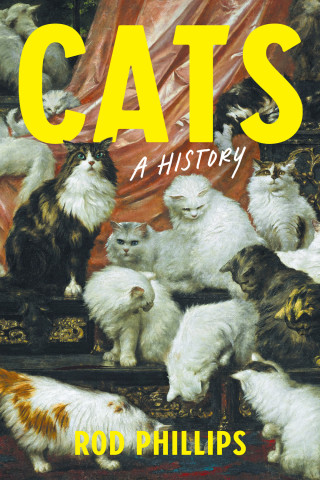
Reviews
Well researched and clearly presented.
Excellent study.
Engagingly studies the conflicts in Valencia between local elites and the viceroy and the archbishop, agents of central government.
Between Christians and Moriscos is a carefully researched and highly readable work that shows with impartiality the complexity of Ribera, whose arguments were much used in the theological justification of the expulsion of the Moriscos.
Between Christians and Moriscos is a fine and welcome contribution to the history of early modern Spain.
The book’s greatest strength lies... in the highly original and well-crafted insight it provides.
Surely, this book is destined to become required reading for all who are interested in early modern history and especially for those who have a special interest in Spain and Catholicism or in the history of Christian-Muslim relations.
A well-documented, measured, subtle, and dispassionate look at the evolution of one of Spain's longest-tenured and powerful churchmen.
A riveting portrait of a Catholic religious authority and the contentious, ambiguous, religious environment in which he moved. The book abounds in primary source material that is deftly evaluated; its argument is clear and persuasive, and sections are brilliantly done. Ehlers offers a history that takes seriously the intellectual and religious world of an elite member of the clergy, and then details the way the archbishop's initiatives worked on the ground, in all directions.
Book Details
Preface
Acknowledgments
Prologue: The Formation of a Tridentine Bishop
1. Two Flocks, One Shepherd: Christians and Muslims in Valencia
2. The Limits of Episcopal Authority: The Pasquinades of 1570–1571
3
Preface
Acknowledgments
Prologue: The Formation of a Tridentine Bishop
1. Two Flocks, One Shepherd: Christians and Muslims in Valencia
2. The Limits of Episcopal Authority: The Pasquinades of 1570–1571
3. Reform by Other Means: The Colegio de Corpus Christi
4. From Moriscos to Moros: Ribera and the Baptized Muslims of Valencia
5. Disillusionment and Its Consequences: Ribera, Philip II, and the Valencian Moriscos
6. Justifying the Expulsion: Ribera and Philip III
Conclusion: The Ideal Bishop and the End of Spanish Islam
Notes
Bibliography
Index






